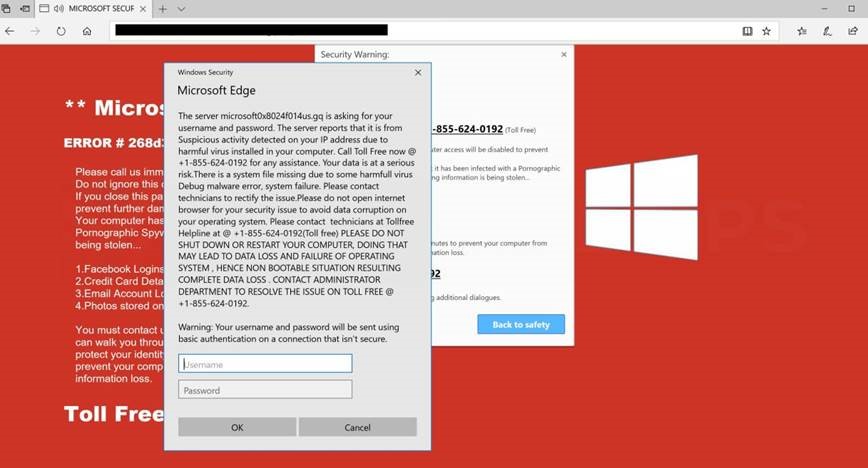You’re sitting on your couch at home, it’s 8:00 on a Saturday night and one of your interns emails you about a new security vulnerability he just heard about on the latest and greatest podcast. You know that this new vulnerability is going to be the first thing to come up during the morning water cooler talk Monday morning. It’s time for you, the great server admin, to take flight and protect your kin!
External VPN with RDP Access - Should you do it?
Topics: Cybersecurity, Network Security, HIPAA, Information Security, Data Security, cybersecurity plan
Getting Ready for CMMC – Capability Maturity Model Certification
If you’re in the Department of Defense supply chain, you’ve become familiar with DFARS and the corresponding NIST SP 800-171 r1 over the last few years. It is a list of 110 controls that you need to be compliant with in order to continue supplying certain contracts.
Topics: Cybersecurity, Information Security, DFARS, cybersecurity plan, NIST
How things stand: a cybersecurity recap of 2019
Topics: Cybersecurity, Network Security, Information Security, Vulnerability Assessment, Penetration Testing, Incident Response, it risk assessment
Chances are that if you've used the internet in the last 15 years you've been subjected to more ads than there are grains of sand on a beach. There's also a good chance you've gotten sick of them and installed an Adblocker.
Topics: Cybersecurity, Information Security, consumer security
It’s common knowledge that websites are able to give users free content by serving advertisements and performing analytics in order to generate revenue (full disclosure: if you check this page’s source code, you’ll see Google Analytics and HubSpot). It turns out that between you and the website you’re browsing, there are a few friendly third parties who are very interested in your data. Let’s take a surface level look into how online tracking works, and how you may be uniquely identified with a few JavaScript API calls.
Topics: Cybersecurity, Information Security, Personal Privacy






